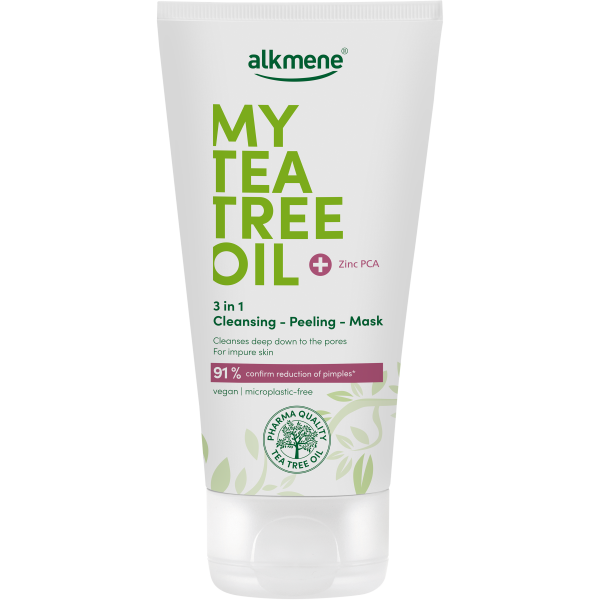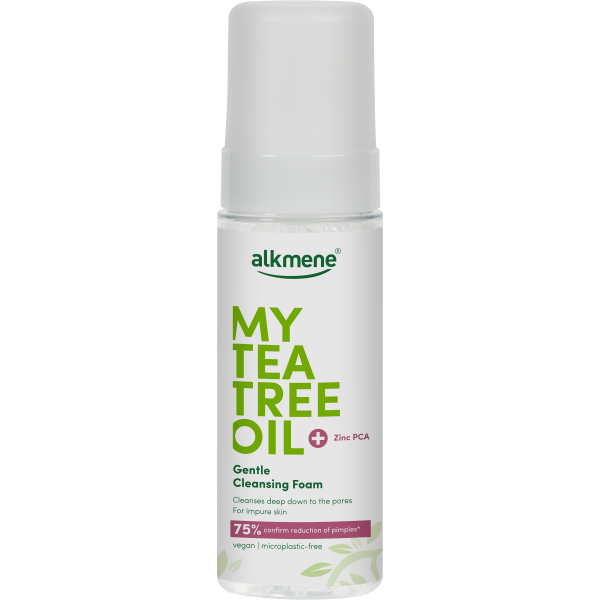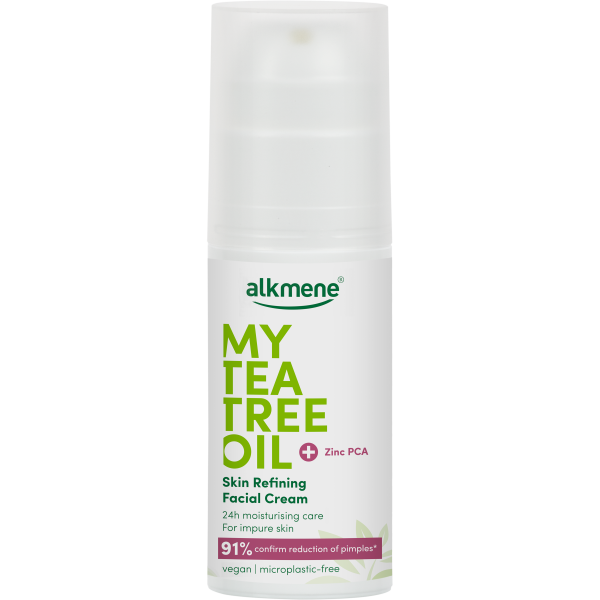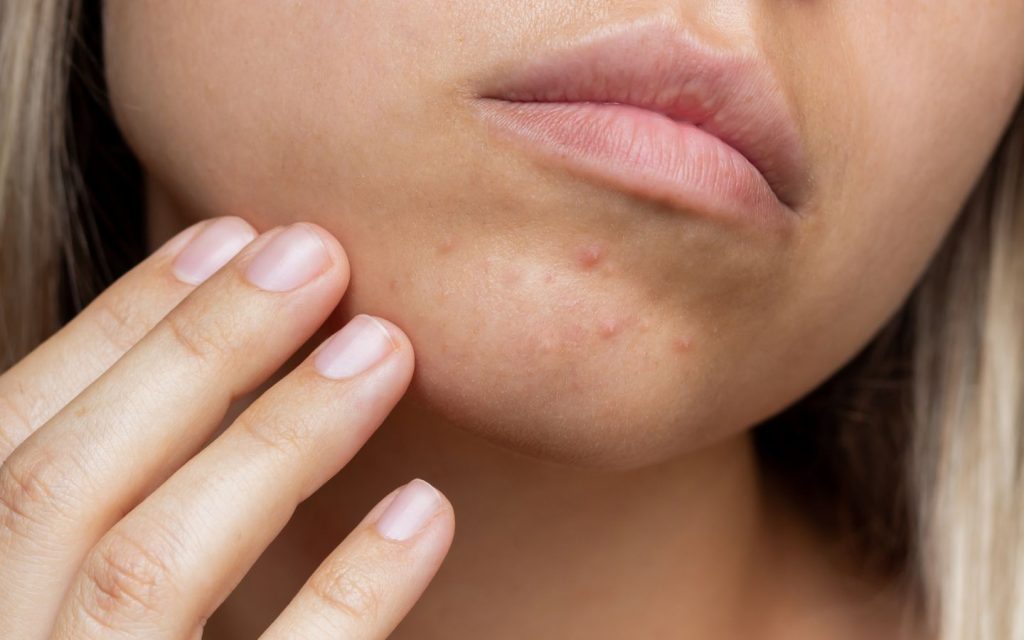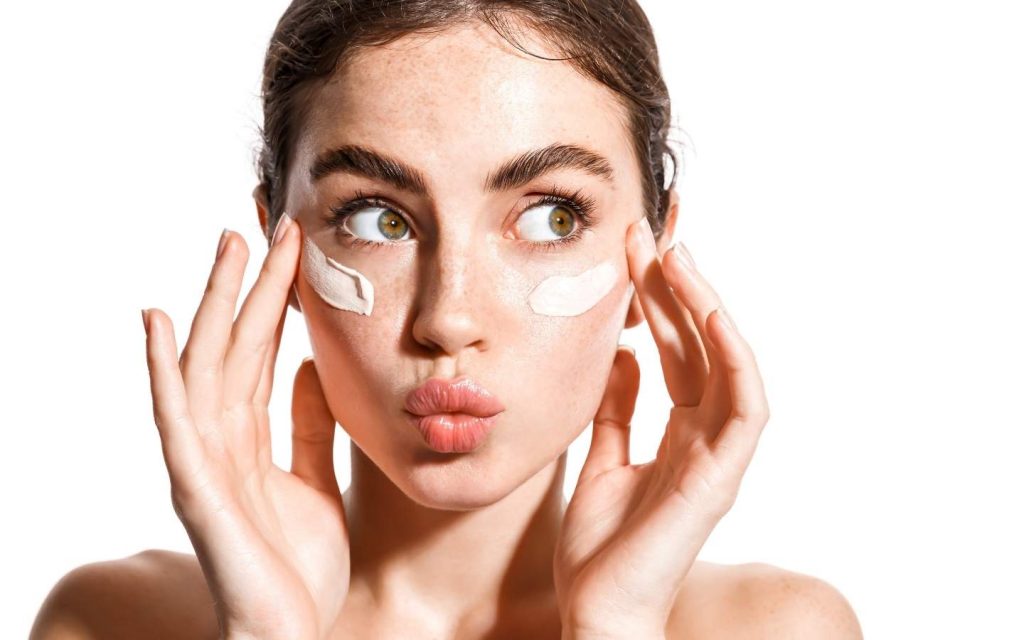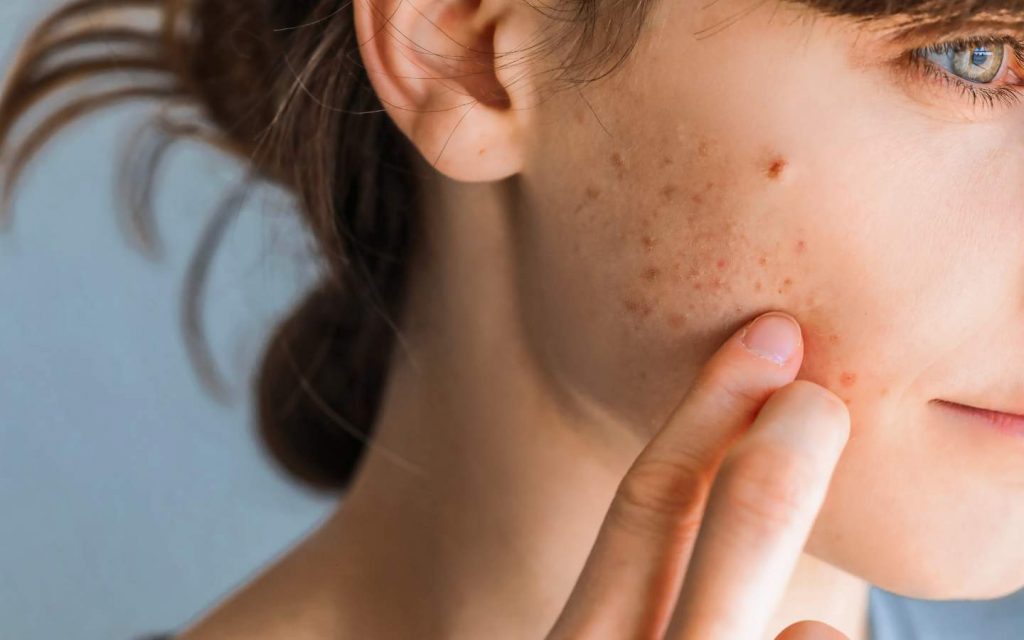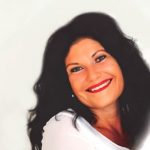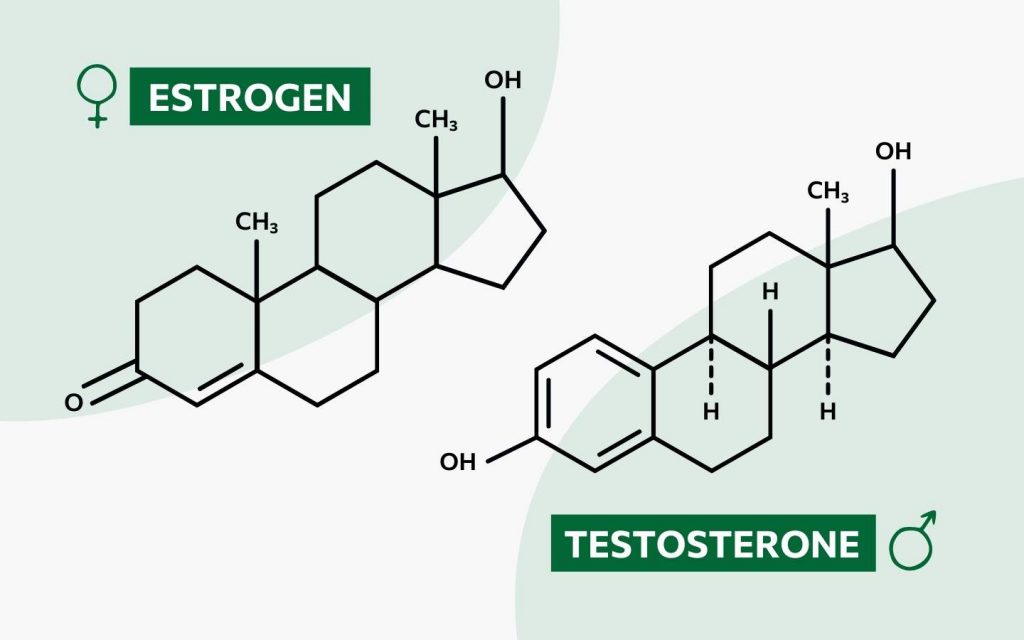

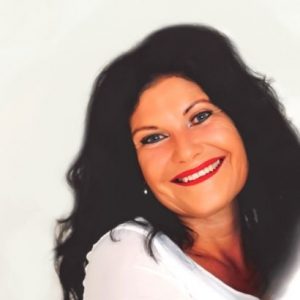
This article has been reviewed by:
Alexandra Beck
Kosmetikerin
Have you ever had white spots around your eyes or on your cheeks that just wouldn’t go away? These are not blackheads or skin blemishes, but milia. What exactly milia are, how you can treat them and what you can do preventively against milia, you will learn in this article.
What are milia and where do they appear?
Before we talk about how to remove milia, let’s explain what milia are in the first place. Milia, or in the singular milium, can be translated from Latin as “millet (grain)”. Therefore, milia are often colloquially referred to as skin grains or semolina grains. Grains of semolina often appear in the area of the eyes and eyelids, cheeks or temples and are so-called microcysts. That is, a small encapsulated cavity filled with a certain fluid or substance. In the case of milia, the cysts are filled with a mixture of sebum and keratin. Therefore, they are harder than the skin and usually about one to three millimeters in size.
The small granules can somewhat resemble closed blackheads or encapsulated pimples, but are not to be confused with these skin blemishes. Blackheads are also microcysts, but they consist mainly of sebum. Unlike blackheads and pimples, milia also cannot be squeezed.

Causes of milia: How do milia appear?
Milia are caused by clogged pores, the reasons for which can be quite different. Depending on the type of formation, milia are divided into two categories:
Primäre Milien
They arise suddenly and without a clear reason. Hereditary predispositions or hormones may play a role here. However, the exact causes for the development of primary milia are still unclear.
Typical places for the appearance of primary milia are the nose, eyelids, cheeks or even the scalp.
This type of milia develops due to a previous disease or damage to the skin. The causes of secondary milia include, for example, sunburn, wounds, skin diseases or irritation of the skin due to unsuitable cosmetic and care products. The grains of semolina appear in exactly the same place where the previous skin damage was found.
Milia can also occur in newborns. These usually appear in the first weeks of the baby’s life due to hormonal changes. In newborns, the milia are usually found only on the face or in the area of the shoulders. They usually disappear by themselves after a few weeks and no treatment is necessary.
How to treat milia?
In some cases, the grains of semolina may disappear by themselves after a few weeks. It is therefore worth waiting before starting treatment.
Milia are completely harmless and therefore do not have to be removed. However, if the grains of semolina are found to be bothersome, there are a few things to keep in mind during treatment. Since milia cannot be squeezed out, it is difficult to remove them yourself, which is why professional treatment is advisable.
In order to empty the microcyst, the grains of semolina must be scratched with a special milia knife. Attempts to remove or puncture the milia should therefore be refrained from. The risk of injuring the skin or causing inflammation should not be underestimated. In addition, remnants of the semolina often remain if one tries to remove it oneself. In these cases, a new formation of the milium can occur. If the treatment is professionally supervised, however, the small skin lesions usually heal very quickly.
Alternatively, grains of semolina can also be removed by laser treatment. In this case, the individual grains of semolina are removed by brief laser irradiation and the moisture is extracted from the corresponding areas of skin. For a few days after the treatment, there is still a harder skin layer on the respective areas before the skin regenerates completely. The advantage of laser treatment for milia is that no scars remain.
IMPORTANT: If milia are to be removed, it is therefore important to have this done professionally. Only in this way can a clear diagnosis be made and the treatment options discussed. Since milia are usually removed for cosmetic reasons, the correct removal of the grains of semolina is crucial in order to achieve the desired results. If, on the other hand, an attempt is made to remove the granules on one’s own, scars may sometimes remain.
More interesting topics
How to prevent milia?
2
Wie kann man Milien vorbeugen?
3
